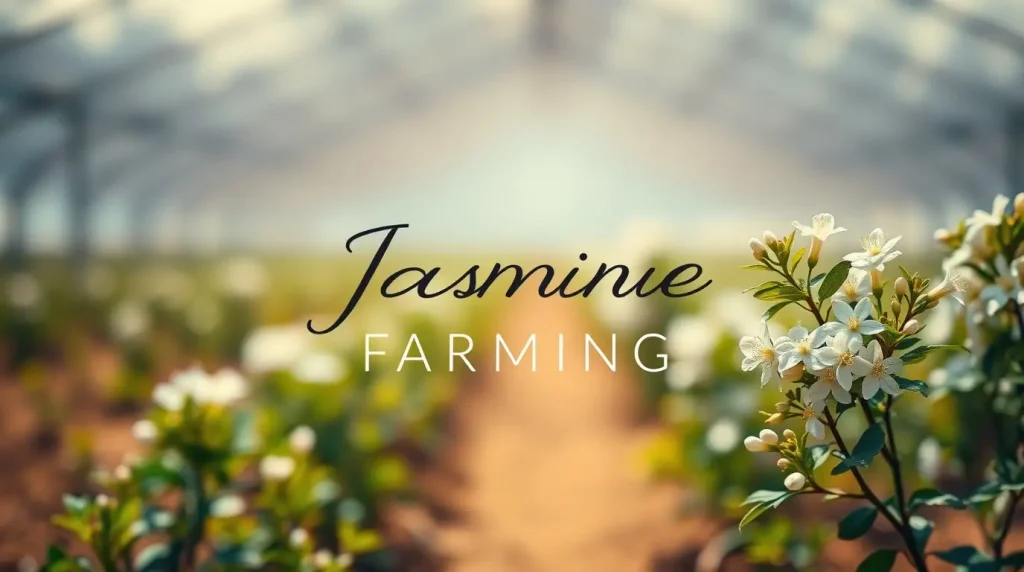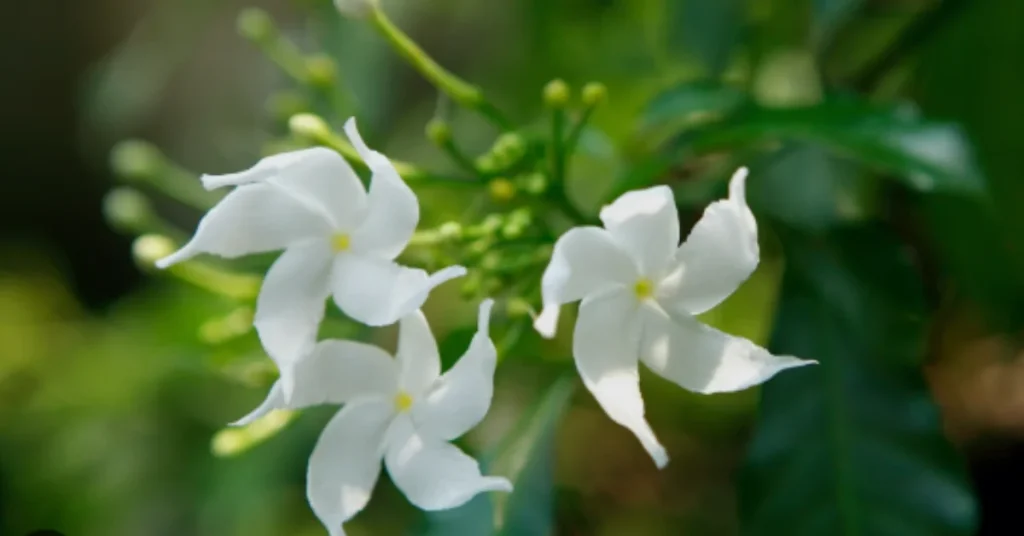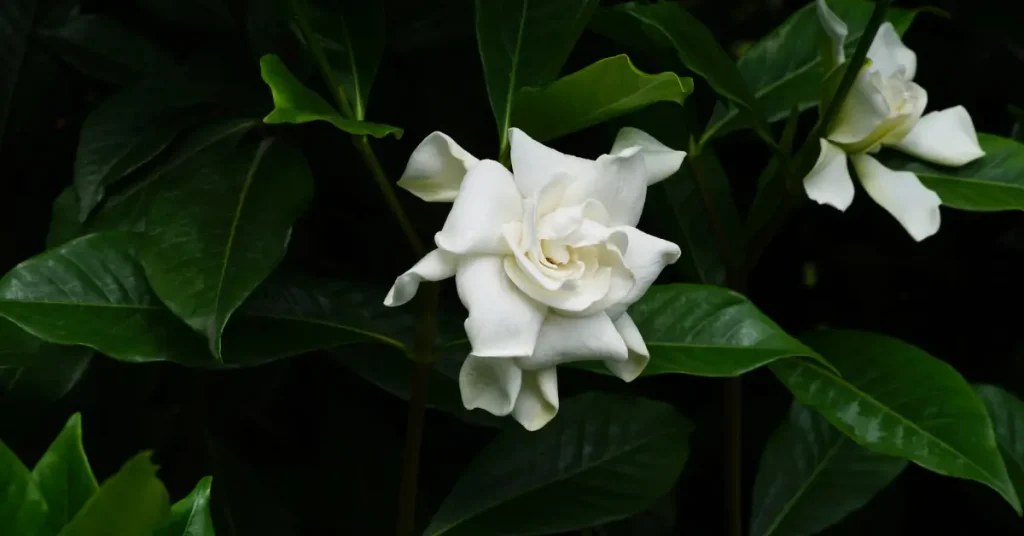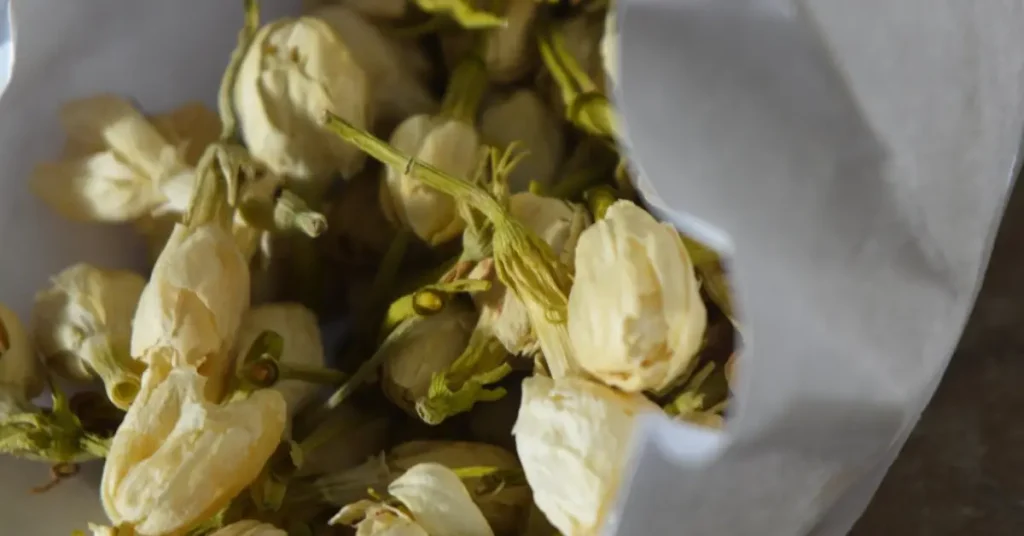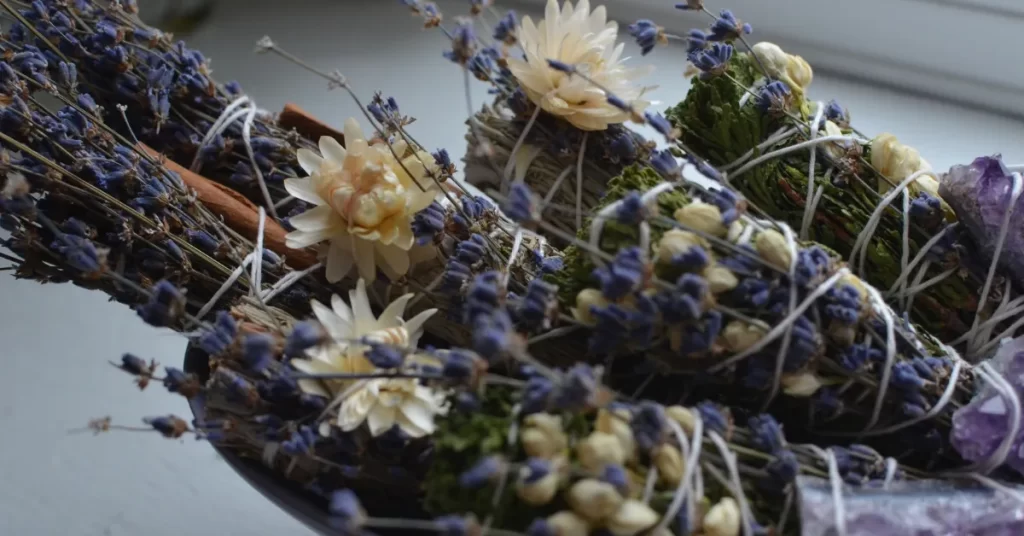5 Chameli Flower Gardening Techniques
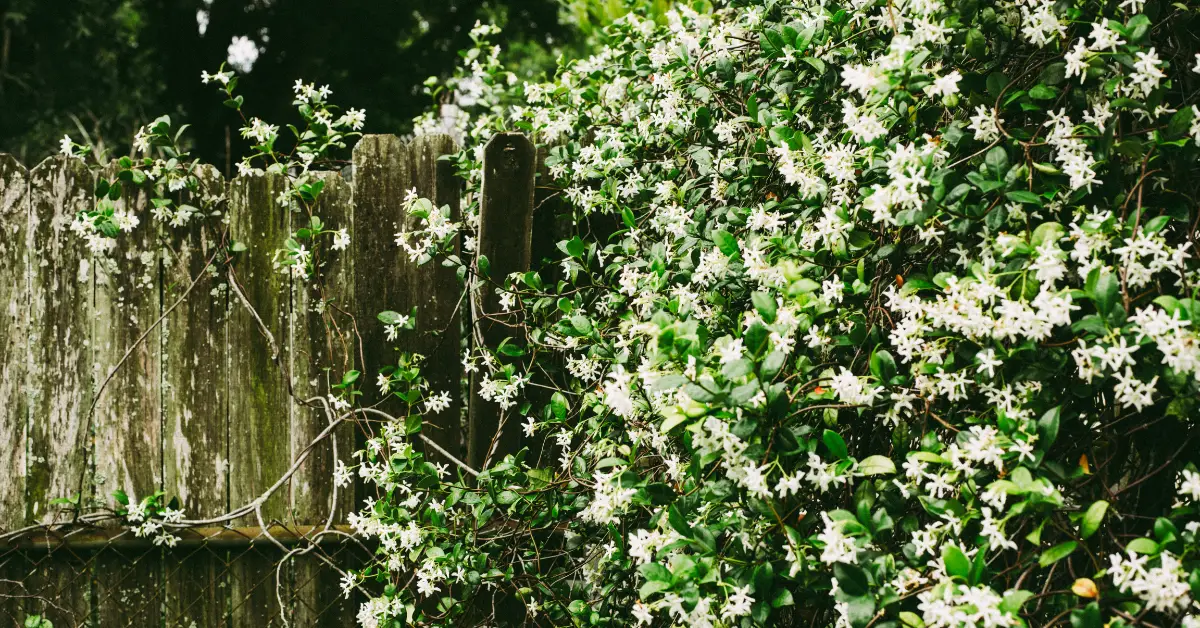
Jasmine Flowers have their own value and popularity due to their faint fragrance and small size. Honeybees are the lovers of these flowers. Their presence in the garden can enhance the atmosphere as their fragrance spreads several yards away. Usually, they are in white colors; however, a few Jasmine flowers could be yellow or cream. Their flowers continue to bloom all year.
Jasmine plants have the flexibility to be cultivated in the ground, pots, or hanging baskets. You can shape them into bushes in the ground or train them to grow up walls as cover. If you want to grow jasmine flowers, continue reading our article to learn about chameli flower gardening techniques and care.
Different Methods for Jasmine Gardening Techniques
1- Jasmine Planting in Pots
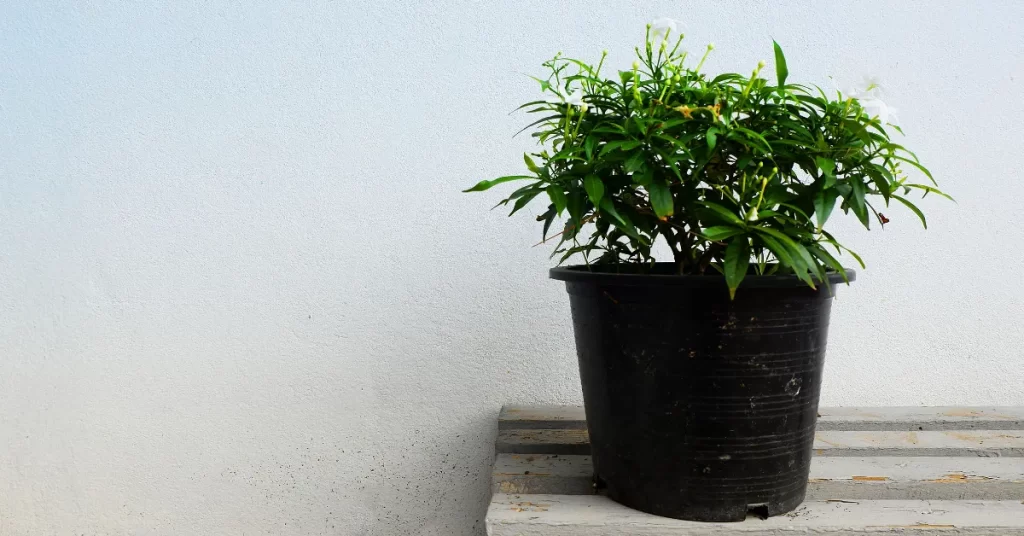
It’s very easy to grow a Jasmine plant if you already have a healthy Jasmine plant. For planting Jasmine, it is essential to use the suitable soil in the pot. This soil should be a mixture of organic compost and sand to ensure proper drainage and support healthy plant growth. Just go and chop off some healthy stems from the Jasmine plant and ensure there are not many leaves on that stem. Take this stem and plant it in a pot or container. Soon, it will grow its roots and turn into a Jasmine plant.
2- How to Grow Jasmine from Cuttings in Water?
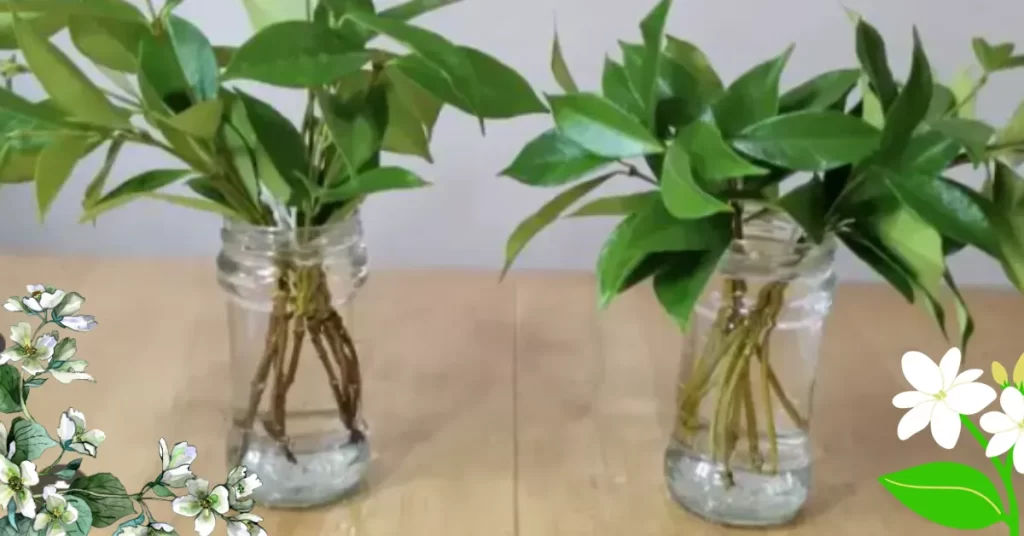
Cut healthy 3 to 4 stems of the Jasmine plant and ensure no flower is on that stem. There must be some nodes on that stem. Take clean water or filtered water in the glass. Put these stems into the water and cut the leaves if they touch it. Change the glass water after 4 to 5 days. Leave it in a bright, shiny place, and you will notice the root growth in 15 to 20 days.
3- Jasmine Planting in Ground
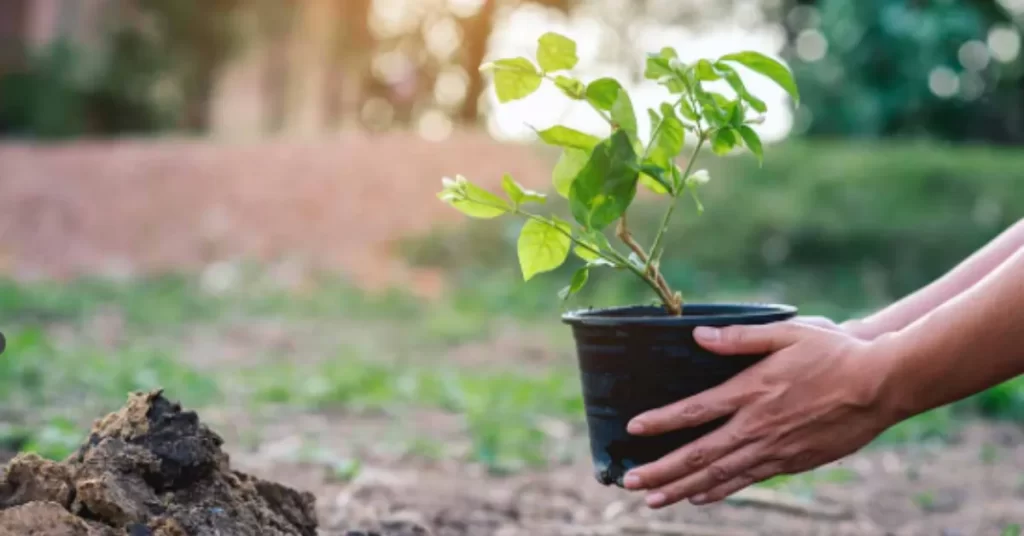
If you want to grow the Jasmine flowers on your home’s lawn, then there are two ways to grow the plants.
Location
There are hundreds of varieties of Jasmine flowers. If you want to grow it on the land, choose a location suitable for the specific variety of Jasmine plants you have.
Prepare the soil
Well-draining soil is the best option for the growth of the Jasmine plant. Before planting the Jasmine, dig the soil 2 inches deeper with the layer of compost. It will produce a healthy plant and increase the growth rate.
Planting Jasmine
Growing a plant through seed is time-consuming, while cutting is easy. However, growing plants in the ground is easy by planting the Jasmine plants purchased from the nursery. Everything is prepared; you only need to plant it in the soil.
Before planting, slightly scratch their roots and provide a proper water supply. After planting, spray their stem, leaves, and soil with potassium nutrients.
4- Trellis and Arbour Cultivation
Trellis and Arbour Cultivation are both stunning methods to grow Jasmine flowers. Here is a comprehensive overview of these two.
Trellis Cultivation
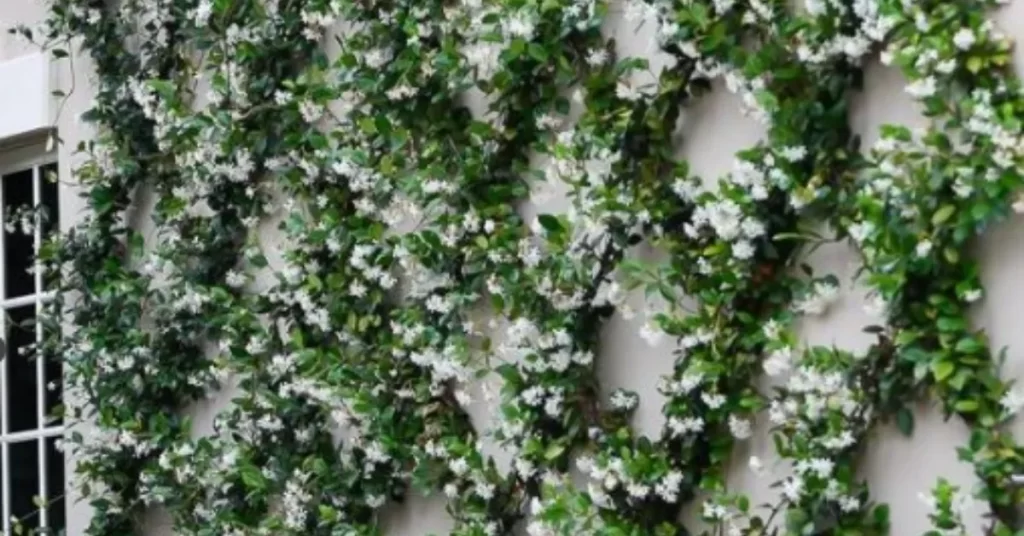
Trellis cultivation is actually a vertical support that gives a specific direction to the Jasmine plant. If you wish to conceal unappealing areas in your house or enhance the beauty of walls or fences, trellis cultivation is the ideal method to create a natural, lush appearance.
Pruning is also important to maintain its shape.
Arbor Cultivation
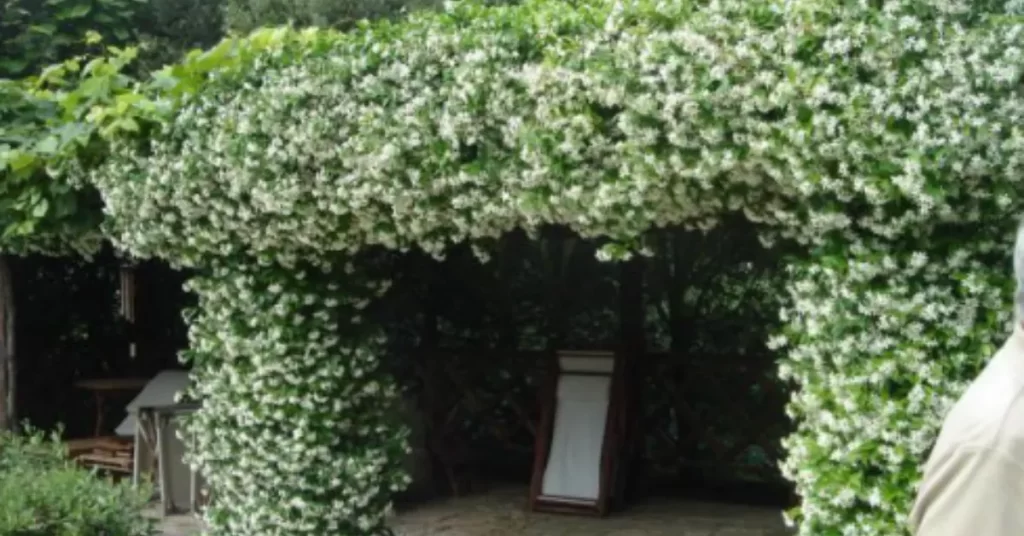
Arbor cultivation provides both vertical and horizontal support for Jasmine plants. It’s particularly well-suited for ground cover and entrance areas. Arbors are commonly utilized to create green pathways and scenic views.
5- Jasmine Gardening Hydroponics
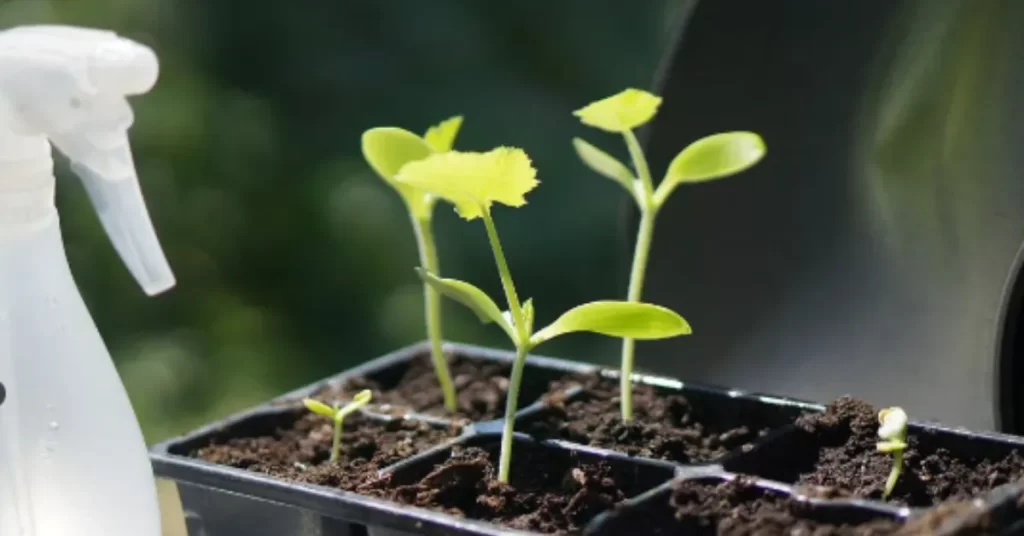
If you wish to grow Chameli plants hydroponically indoors, ensure the right hydroponic system and environmental conditions for its successful growth. These conditions provide efficient growth. Successful hydroponic Jasmine gardening relies on maintaining the correct pH levels (between 6.5 to 7.5), ensuring sufficient light exposure (at least 6 hours of direct sunlight daily), and daily pruning. Put the cuttings in a glass or container and pour water over them. Over time, you will observe growth in the plants.
How to Grow Jasmine Plant Faster?
To increase the growth speed of Jasmine, make sure that the plant’s location should be sunny and sheltered with well-draining soil. Provide support to the stem to guide its growth in the desired direction. During summer, use Potash fertilizer to feed Jasmine plants to speed their growth. In autumn, make sure to mulch it with the composted leaves.
How to Maximize Flowering in a Jasmine Plant?
Growing many flowers on the Jasmine plants requires special conditions, which we will explain.
Sunlight
Sunlight is crucial for the growth of Jasmine flowers as these are summer flowering plants. So, a sunny location is essential to maximize the growth of Jasmine flowers. Growth can also occur in shady areas but is slower than in sunny areas. Sunlight deficiency can lead to a slow growth rate. Sunlight stimulates the production of new buds and branches.
Pruning
Pruning is another way to maximize the flowering growth. Regularly prune the Jasmine plant and cut out dead and dried leaves, flowers, and branches to ensure its health and growth.
Flower buds primarily appear on new shoots, so promote more bud growth on the plant. If you’re wondering how and when to prune Jasmine plants, here’s the answer: trim the upper shoots periodically during the growing season but avoid pruning on winter days. The best pruning seasons are spring and summer. Continue pruning the plants throughout these seasons for optimal growth.
Fertilizer
Fertilizers are crucial for the growth of Jasmine plants, especially because these plants are heavy feeders and bloomers. Expecting abundant flowers without proper fertilizer feeding would be unrealistic. Fertilization is essential for prolific blooms. The growth of Jasmine flowers depends upon nutrients. There could be many nutrients, but organic NPK fertilizer is the best. This fertilizer promotes consistent plant growth and is released slowly over time. You can make this fertilizer at home. Feed the plants with this homemade fertilizer or buy the best available in the market.
Soil Quality

Soil quality generally doesn’t affect the growth of Jasmine plants in the ground. They can grow in various soils. However, soil quality becomes crucial and requires careful consideration if you’re growing Jasmine in a pot. Soil that restricts water penetration prevents roots from accessing necessary moisture, damaging Jasmine plant growth.
In containers or pots, you can use slightly sandy soil for Jasmine plant growth.
How to Care for Jasmine Plants in Pots
Follow up the mentioned methods to care for the Jasmine plants in pots.
Water the Jasmine Plant Weekly
Keep watering the Jasmine plant once a week, especially when the soil is dry. If you are uncertain about the soil condition, place your finger about an inch or two into the soil. If it seems dry, then ensure a supply of water to the plant.
Feed with the Fertilizer once a Month
Jasmine plants require high nutrients for its healthy growth. So, use the potassium-rich liquid fertilizer and spray it on the plant’s leaves, stems, and soil once a month.
Put a Humidifier under the Pot
Dry weather can damage the growth of a jasmine plant as it is a humid climate lover. So, to mimic the natural condition, place a humidifier near or under the pot filled with water to maintain a humid environment.
Regular Pruning
Regular pruning is necessary for the healthy growth of the Jasmine plant. Start to cut out the dead leaves and flowers. You can check the dead parts of the plants with your fingers or pruning shears.
Repot the Plant if the soil becomes dry Quickly
Jasmine flower growth is stopped if the roots of the plants are bound and the soil becomes dry in 2 to 3 days. The best way to restore its growth is by transferring the plant to a larger container or pot.
How to Reproduce Jasmine?
Jasmine plants can be reproduced in two easy ways. These ways are through seeds and cuttings.
Reproduction Through Cuttings
Follow the given steps to reproduce the Jasmine through cuttings.
- Cut a healthy stem from the Jasmine plant.
- There should be some nodes on the stem.
- Scratch the stem with your nail or knife.
- Put some well-drained, slightly acidic soil with small organic content in a pot or container.
- Placed it in a sunny location.
- Make sure to water it as the soil starts drying.
- In 15 to 20 days, buds will start appearing.
Reproduction Through Seeds
Reproduction through seeds is a time-consuming process, but it is easy. Follow the method.
- Collect the seed from the mature plants of Jasmine.
- Remove the seeds from the pods.
- Soak the seeds before sowing.
- Sow The seeds into a potting mix. Please insert it into the soil but not too deep.
- Consider the best available shiny location for its growth.
- Keep the soil consistently moist.
- When seeds appear as plants. You can transform it into a larger pot or place it directly on the ground.
Diseases and Pests in Chameli Plants
Diseases and insects can affect badly overall growth of Jasmine plants. Plant’s leaves start dropping, and their stems become weak. Here are the common diseases and pests.
Common Diseases
When you are sure that all the essentials required for Jasmine’s healthy growth are met, try to find out the real problem. Many fungal diseases occur in plants grown in summer and humid climates. Such conditions are favorable for various fungal diseases.
The most common diseases found in the Jasmine plants are blight, rust, and fusarium wilt. These bacterial and fungus diseases affect the stems and leaves of Jasmine plants and cause necrotic areas. These diseases cause holes in leaves and roots, turn the color of leaves yellow and black, and create streaks on stems. Sometimes, these diseases can spread to new plants, affecting them as well.
Root-knot glass is also the cause of leaves dropping and color changing, mainly due to nematodes.
Common Insects
Jasmine plants have two most common types of Insects: sucking insects like Aphids and foliage insects like Caterpillars. Several other insects feed on Jasmine plants, causing significant damage.
Caterpillars: Caterpillars love to eat the stems of Jasmine plants. They continuously cut the jasmine plant parts and can cause larger-scale damage if left unattended.
Mites: Mite species usually suck cell sap from jasmine plants and can cause significant damage. Their size is very small even though they cannot be observed with eyes. They are only visible by observation through a concave lens and microscope.
Whiteflies: These are common pests that suck the sap from the host plant’s leaves. These insects are responsible for the change in the color of the leaves.
FAQs
Q: How do you grow Chameli flowers?
A: You have to keep the soil consistently moist and never dries out. In the winter season, make sure to water the plants 2 days a week. Continue pruning daily.
Q: How do you grow Jasmine successfully?
A: The specific variety requires keeping the plant in a sunny and shady location. Dig a hole in the potting mix and plant its cutting there.
Q: What makes Jasmine grow faster?
A: Jasmine grows faster if it is grown in summer and in a humid climate.
Q: What is the best fertilizer for Jasmine?
A: There are various fertilizers for jasmine growth, but some vital fertilizers are Growmore, Blood Fish and Bone, and Vitax Q4.
Q: When and how to fertilize Jasmine?
A: Fertilize the plants of Jasmine 2 times a year, one from the start of summer and the second during the fall.
Conclusion
Jasmine plants need specific conditions to grow well, including suitable soil, sunlight, water, a humid climate, and fertilizers. Pests and diseases can harm these plants. Taking good care of them is important to keep them healthy and safe. By following the techniques and guidelines, you can grow healthy Jasmine plants.

I am Yasir Riaz, an Agronomist for more than a decade. Helping local farmers and Gardeners to improve their crops and Gardens and overall productivity. In addition to my work in agriculture, I have also delved into the digital world as an SEO writer and blogger. Through my blog, I aim to educate and inspire others about the Chameli Flower (Jasmine).

